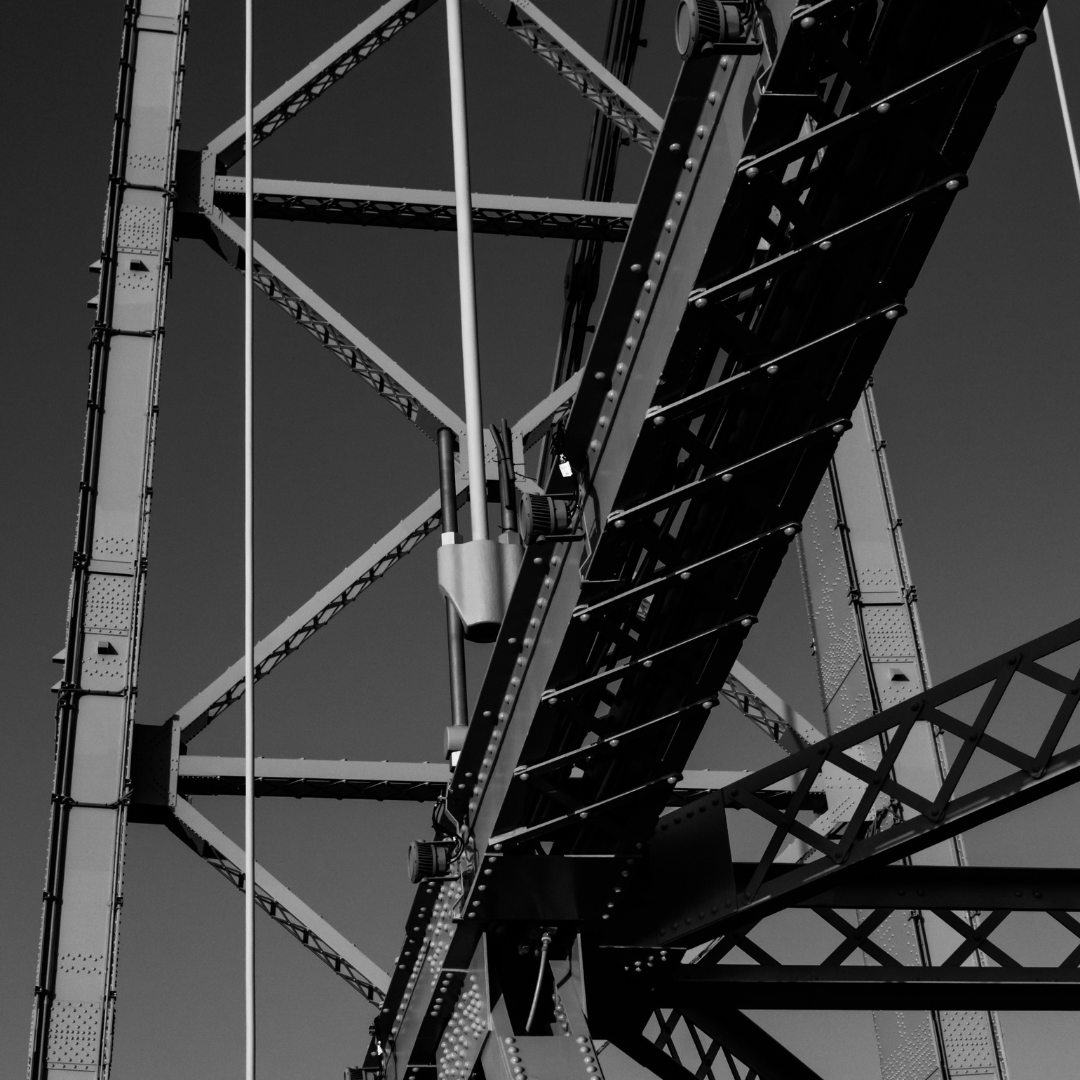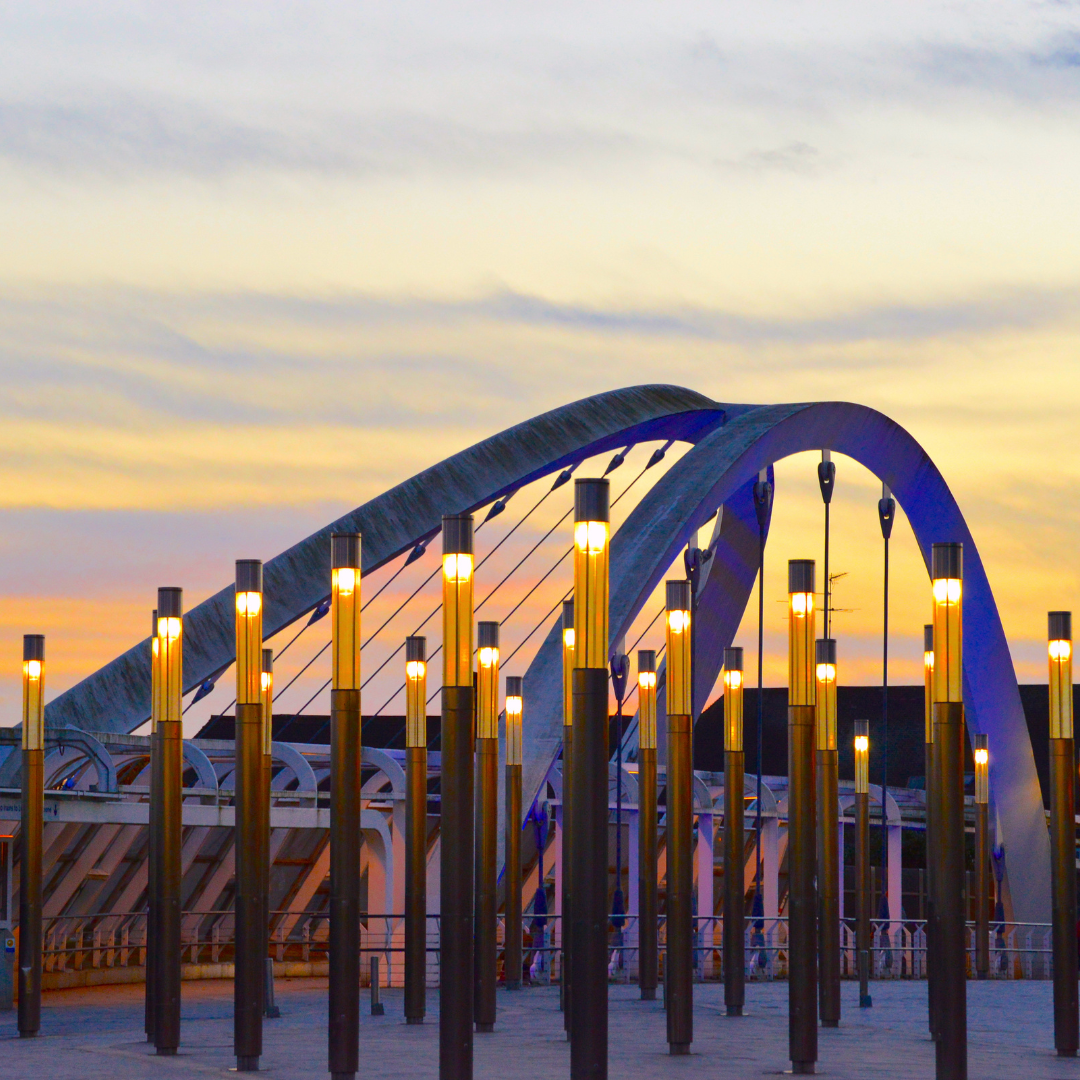What Will Our New 'Normal' Look Like?
“We need to get 1 million Australians back to work” was the declaration by Scott Morrison this week after having a laser focus on ensuring the health of Australians was paramount since the rise of Covid-19. This is an important pivot in our approach and one that is hopefully a sign that there is a light at the end of the tunnel and that we are on the way to fixing the economy and getting back to ‘normal’.
But the difficult question is; what will ‘normal’ look like after a once-in-a-generation pandemic?
There will undoubtedly be major changes to the way we interact as individuals, as well as how companies, big and small, will be running on the day to day. “We don’t want everybody crowding on public transport at the same time. We don’t want everyone crowding in the lifts at the beginning of the day and the end of the day” outlined Australia’s Chief Medical Officer Professor Brendan Murphy.
More social distancing, staggered work times, loads more hand sanitiser and most likely the death knell of the old hand shake were some of his ideas on the new workplace rules.
If it all sounds a bit much, take a look at one initiative for Australian businesses on the WorkSafe Australia website. It is a toolkit to help get things up and running as soon as possible, with information on things like personal hygiene, social distancing and even positive test contingency plans.
The image of tall office towers with floor upon floor of employees crammed into rows of cubicles will likely be no more once employees begin returning to the office, and I’m not sure many people are saying that is a bad thing
With such a reduction in city-based workers, it means less people in cars and less on public transport and flights and is truly providing the world with an opportunity that nobody saw coming. COVID-19 is expected to cause global energy emissions to fall a record eight per cent this year due to an unprecedented drop in demand for coal, oil and gas, the International Energy Agency has said. This is the biggest drop in global emissions since World War II.
It’s not just Mother Earth that is benefiting from the global standstill. The marriage between technology and the workplace has had a phenomenal boost.
Charles Darwin said “It is not the strongest of the species that survives, nor the most intelligent; it is the one most adaptable to change.” This rings true when it comes to how businesses have utilised technology and policy change in these trying times.
Over the past six weeks, COVID-19 has been successful in achieving more in end-user adoption of office mobilisation and workforce flexibility than the technology and communication companies have been able to achieve over several years.
Cisco, for example, not only found that it was assisting customers to transition to the new way of working, but it was also making that happen internally. "What we're talking about there is 140,000 employees and partners that are critical to keeping our businesses running. Normally, an organisation of our size would take us about two years and we had about 10 days to get it ready," Cisco Australia and New Zealand CIO Julie Canepa said. This sort of rapid transformation would not have been thought possible only 6 months ago, so to see what companies are capable of and are putting into action is quite remarkable.
And the transition is being felt by the user as well. We have all now become quite accepting of working remotely, attending Zoom or Microsoft Teams meetings, managing flexible work hours and generally becoming more technology savvy.
Personally, I think the freedom and flexibility of WFH makes me more productive and efficient and there will be businesses that have seen a spike in work from their employees now that they feel comfortable and empowered. Adding a different work routine, or perhaps the ability to work remotely with other teams or business units might be the change of perspective some employees need to take that next step or finish that major project. Even having the chance to take a little extra time with the kids might make workplaces happier and healthier for the long haul.
All of this is not ignoring the fact that Covid-19 has been devastating to many Australians and some are desperate for their routine to go back to the way it was. They are really keen to put on that suit and tie and get back into the hustle and bustle of corporate life. That is their ‘normal’ and that is fine.
However, I am hopeful that a slightly new ‘normal’ is going to be a healthier, more eco-friendly, socially conscious and friendlier version of life. Where we cherish contact (mindful of germs, of course) with family and friends, where the world can see that reduced cO2 emissions are a good thing and address the climate crisis seriously, where the value of remote working and true flexibility is seen as a critical part of the workforce instead of a burden, where we can acknowledge how hard it is to live on government handouts and treat those who are in unfortunate situations with kindness instead of contempt and where we take a moment to understand how fragile life can be.
So, increased flexibility and technology: tick! Reduced carbon emissions: tick! Improved personal hygiene: tick!
Here’s hoping our new ‘normal’ is actually a better ‘normal’ for us, the workforce and the planet.








Quick Links
Contact Us
GET IN TOUCH:
Lee: 0406 470 020, Nick: 0426 180 254
EMAIL US:
info@vividrecruitment.com.au
© 2023 All Rights Reserved | Vivid Recruitment | Terms and Conditions | Privacy Policy


